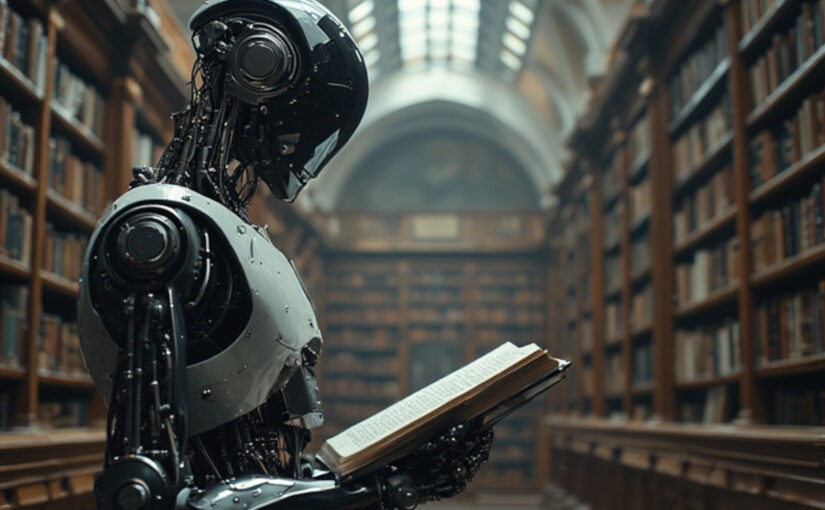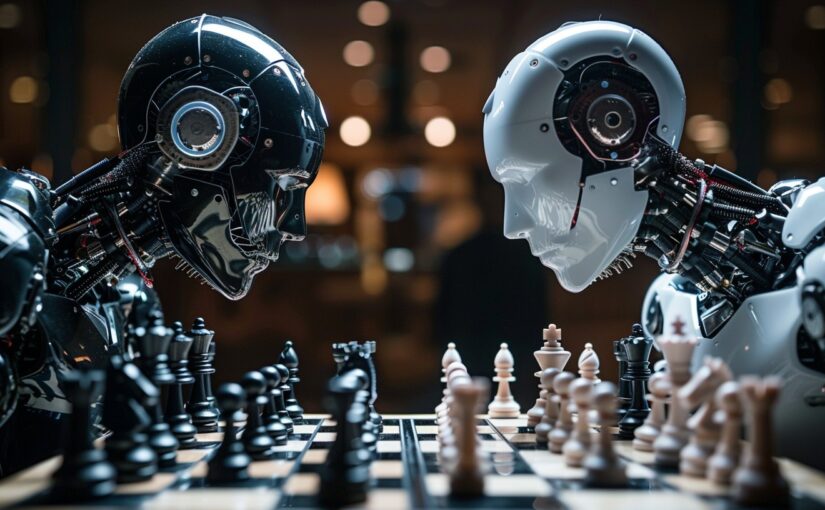In an era where geopolitical rivalries increasingly collide with technological innovation, blockchain geopolitics emerges as a battleground reshaping global power dynamics. Decentralized finance, or DeFi, represents a paradigm shift in crypto finance by enabling borderless transactions without traditional gatekeepers, potentially allowing nations isolated by sanctions to reclaim elements of digital sovereignty. This raises a pivotal question: can countries like Iran, Russia, and North Korea leverage DeFi to circumvent financial restrictions imposed by Western powers?
Continue reading Geopolitics on the Blockchain: Can Sanctioned Nations Bypass Finance Through DeFi?Month: October 2025
The Spotlight on Intelligent Machines
The IEEE/RSJ International Conference on Intelligent Robots and Systems, known as IROS, stands as a cornerstone in the global robotics landscape, drawing thousands of researchers, engineers, and innovators each year to share breakthroughs in smart machines. Held from October 19 to 25, 2025, in the scenic city of Hangzhou, China, IROS 2025 promises an electric atmosphere where ideas collide amid ancient temples and modern innovation hubs. Attendees wander through bustling exhibit halls filled with whirring prototypes, while plenary sessions feature top minds debating the future of autonomy. This event has long earned its reputation as the premier stage for unveiling prototypes that bridge theory and real-world application, turning abstract algorithms into tangible robots that move and think.
Continue reading The Spotlight on Intelligent MachinesAsimov’s Robotic Rules: Feasible Fiction or Real-World Flaw?
Isaac Asimov’s Three Laws of Robotics first appeared in his 1942 short story “Runaround,” quickly becoming a cornerstone of science fiction that captured the public’s imagination about machines and morality. These laws shaped countless narratives in books, films, and television, from the helpful androids in “I, Robot” to ethical dilemmas in “Star Trek,” embedding the idea that intelligent machines could be safely governed by simple, hierarchical rules. Over decades, they influenced not just entertainment but also early debates on technology’s role in society, portraying robots as obedient servants rather than rogue threats. As artificial intelligence advances rapidly in 2025, with systems powering everything from self-driving cars to medical assistants, Asimov’s vision invites scrutiny: could these fictional principles guide real-world innovation, or do they belong solely to the realm of imagination?
Continue reading Asimov’s Robotic Rules: Feasible Fiction or Real-World Flaw?Indonesia’s AI Revolution: Crafting Hollywood Dreams on a Shoestring Budget
In the bustling studios of Jakarta and beyond, Indonesia’s filmmakers are rewriting the rules of cinema, harnessing artificial intelligence to conjure Hollywood-level spectacles without the multimillion-dollar price tags. The recent launch of OpenAI’s Sora 2 on September 30, 2025, marks a pivotal moment, delivering high-definition video clips complete with synchronized sound and lifelike physics that push the boundaries of what’s possible in AI-generated content. This tool, now accessible via an invite-only app, enables creators to produce up to one-minute realistic sequences, democratizing high-end production for emerging markets like Indonesia. As local talents experiment with Sora alongside tools like Runway and Midjourney, the nation’s film industry is surging forward, blending cutting-edge tech with cultural storytelling to captivate global audiences.
Continue reading Indonesia’s AI Revolution: Crafting Hollywood Dreams on a Shoestring BudgetDiving into the Deep: China’s Pioneering Underwater Data Center
In an era where data centers consume more electricity than entire countries and contribute significantly to global carbon emissions, innovative solutions are emerging to make computing greener. China’s launch of the world’s first commercial underwater data center off the coast of Hainan province represents a bold leap in sustainable technology, leveraging the ocean’s natural cooling properties to slash energy use and operational costs. This project not only underscores Beijing’s push toward eco-friendly infrastructure but also positions the nation as a leader in the evolving landscape of marine-based innovation.
Continue reading Diving into the Deep: China’s Pioneering Underwater Data CenterWill Historians Vanish by 2027? A Microsoft Study Sounds the Alarm
Historians, the guardians of our shared history, now confront a future where AI could render their expertise redundant. A recent Microsoft Research study ranks them second among professions most susceptible to automation, surpassed only by translators. This unexpected placement upends traditional notions of cerebral labor and hints at a deeper evolution in society’s regard for human wisdom.
Continue reading Will Historians Vanish by 2027? A Microsoft Study Sounds the AlarmRobotaxi Reality Check: Federal Scrutiny Grows, Raising Cost of Safety Validation and Delaying Revenue Ramp Assumptions
A sleek electric vehicle pulls up to your curb, ready to whisk you across the city without a human at the wheel. No small talk, no erratic lane changes from a tired driver, just smooth, efficient travel. This vision of robotaxis has captivated tech enthusiasts and investors for years, promising to upend urban transportation. Yet, as federal regulators tighten their grip, the dream faces harsh realities that could stretch timelines and inflate costs far beyond initial forecasts.
Continue reading Robotaxi Reality Check: Federal Scrutiny Grows, Raising Cost of Safety Validation and Delaying Revenue Ramp AssumptionsThe Living Computer: Unlocking the Power of Biocomputing
Computers crafted from twisting DNA strands and pulsing living cells replace the familiar silicon chips and tangled wires of today. Biocomputing, also known as biological computing, marks this captivating boundary. As an interdisciplinary field, it draws on biological components to carry out computational tasks, weaving together knowledge from biology, computer science, and nanotechnology. Fundamentally, biocomputing handles information and tackles problems through organic materials, marking a profound shift from the electronic hardware that drives our smartphones and supercomputers.
Continue reading The Living Computer: Unlocking the Power of BiocomputingMy First Stop for Symptoms: ChatGPT
In a world where doctor’s appointments can feel like a distant dream, especially after hours or on weekends, I’ve turned to an unlikely ally for my health concerns. ChatGPT has become my go-to general practitioner, available at any hour, ready to listen without a single interruption.
In a few years, it may be considered irresponsible not to consult artificial intelligence when you are ill.
This shift started subtly one late night when a nagging headache and fatigue hit me hard. Instead of scrolling through endless search results or waiting for morning to call my clinic, I typed my symptoms into ChatGPT. The response came instantly, outlining possible causes from dehydration to stress, and suggesting simple steps like rest and hydration. What struck me most was the patience; the AI didn’t rush me or glance at the clock. I followed up with questions about my diet and sleep patterns, and it wove in tailored advice without making me feel like a burden. This accessibility isn’t just convenient, it’s transformative for anyone juggling busy lives or living in areas with limited medical access.
Continue reading My First Stop for Symptoms: ChatGPTDemystifying AI: The Divide Between Hype and Reality
Is artificial intelligence on the cusp of sentience, or are we simply mistaking high-powered prediction for actual thought?
In the fast-changing landscape of technology, artificial intelligence generates both enthusiasm and confusion, especially when people mix up its present capabilities with dreams of the future. The core idea here is straightforward yet important: AI today is not the powerful, all-knowing system often portrayed; it is human-made software with clear boundaries that limit its access to the internet’s endless information.
Continue reading Demystifying AI: The Divide Between Hype and Reality
